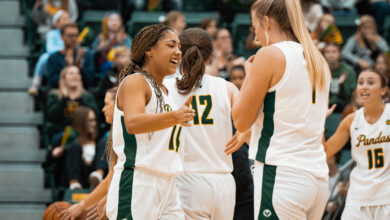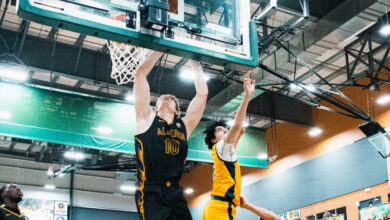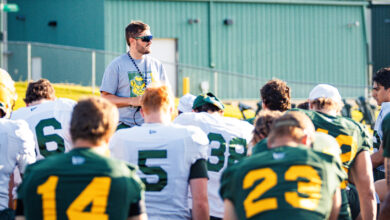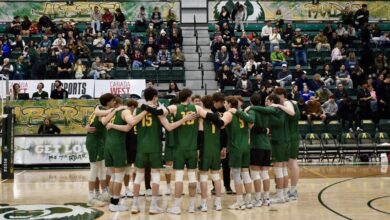The dawn of a new era in women’s hockey
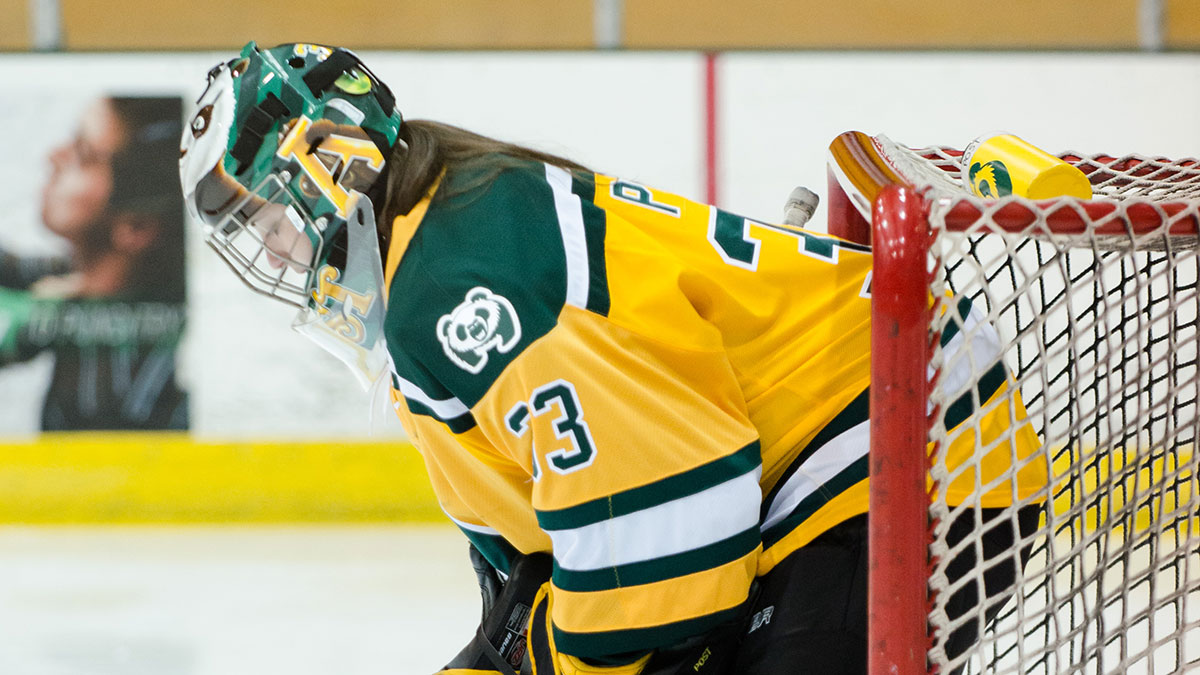 Randy Savoie
Randy SavoieThe newly-started National Women’s Hockey league had its very first games last weekend, marking the first hockey game in which women are paid to play the sport at a professional level. Currently, other women’s hockey leagues do exist, such as the Canadian Women’s Hockey League (CWHL), but players aren’t paid. The NWHL, mainly through sponsorship deals, pays its players; average salary is $10,000 a year, with top players earning around $25,000.
Four teams faced off for the first time on October 11 — the Boston Pride, the Buffalo Beauts, the New York Riveters, and the Connecticut Whale. The teams are scheduled for 18 games to be played from now to February. This season is a start, but in the sporting community, opinions vary as to whether they’ll continue to face off for years to come.
Optimism
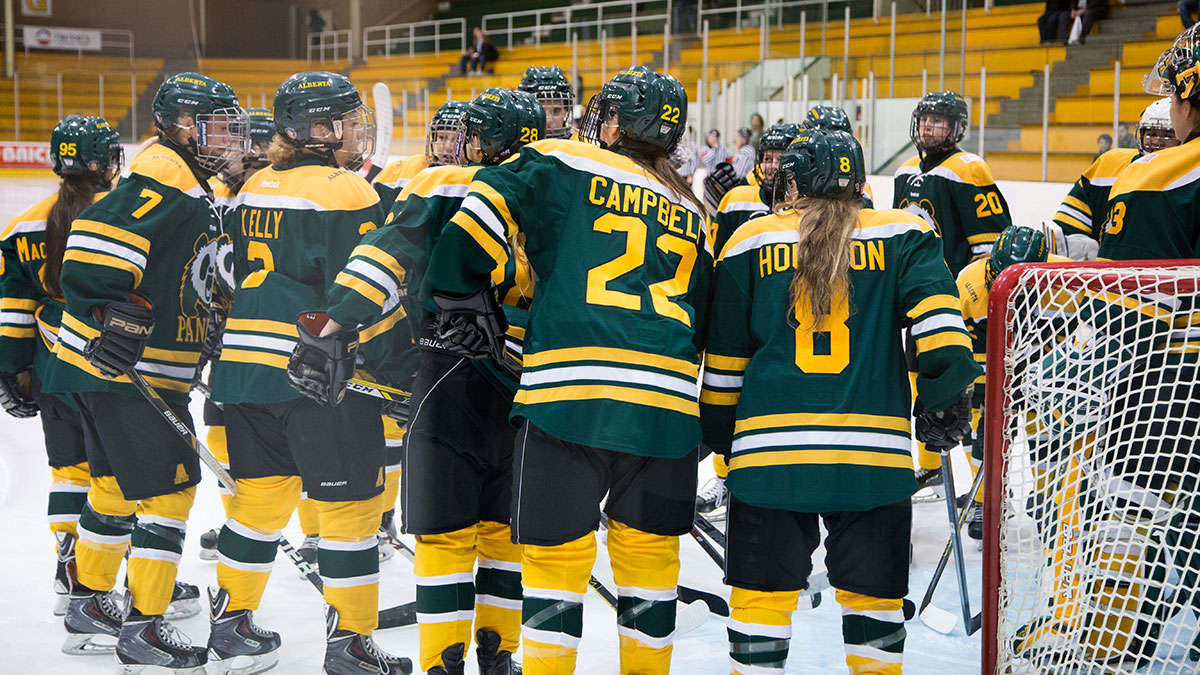
“Five years ago, (players) wouldn’t have even considered continuing their hockey careers,” Draper said.
Like in men’s hockey, few players have the ability to make Canada’s national team. A lot of men who don’t reach that level can still play in the NHL. Women who don’t make the national team usually don’t have that option — so a lot of university level players will move on to having a family and career outside of hockey, Draper said. With the NWHL, there’s optimism that players will be able to continue their hockey careers while making a living, Draper said. Though current pro players are being paid minimal amounts, it’s a start, he said.
Starting with small salaries is typical of early pro sport — in the early days of the NHL and the CFL, players had to have second jobs in the off-season. Women’s hockey is in a similar place, still in its infancy as a pro sport, Draper said. Though women in the NWHL aren’t being paid enough live exclusively off of their salaries right now, hopefully that’s where the sport will go in the future, Draper said.
Players in hockey’s early days participated for the love of the sport — to experience the game and the completive value that came with it. Back then they were barely equipped, and the physical force that is seen in today’s NHL wasn’t there. For those reasons, female hockey is hockey in its purest sense, Draper said.
“I think this male-dominated sport needs to approach (women’s hockey) and see it for what it is,” he said. “When and how that domino falls is the question. And maybe this is the start of it.”
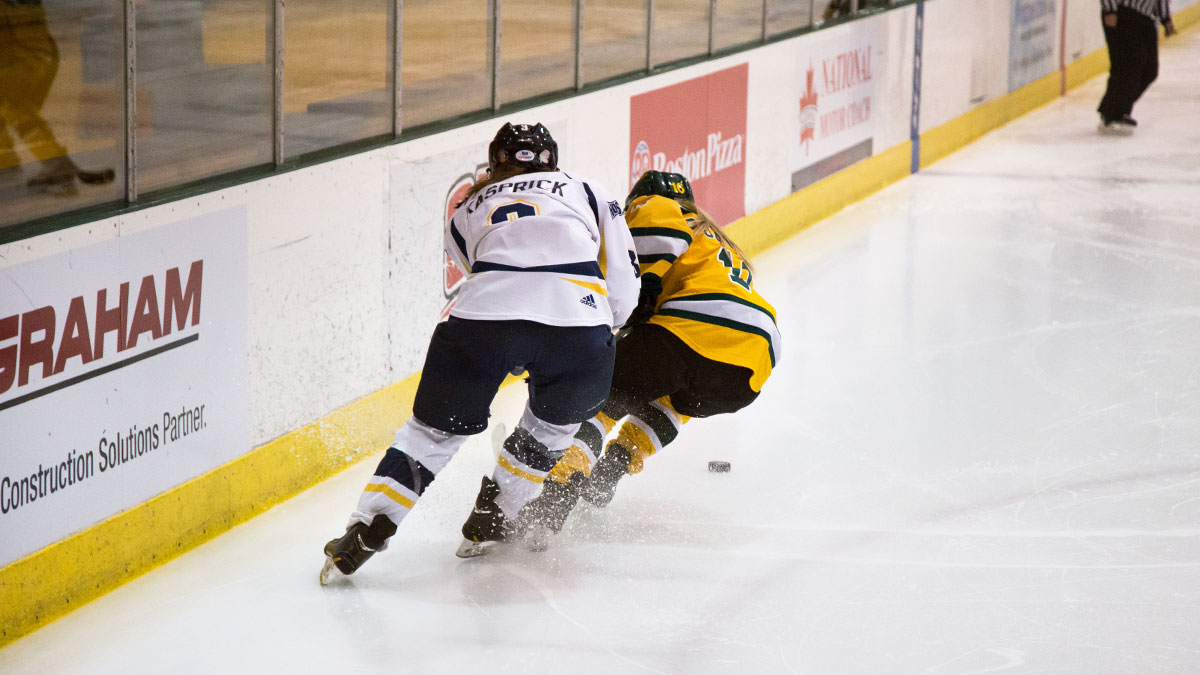
The NWHL and the CWHL both have a very high level of hockey, as their players are coming from national teams from across the world, Draper said.
“Female hockey and male hockey is kind of like comparing apples to oranges,” Draper said. “The female hockey game is a great game if you can separate yourself from this image of what hockey should be. And the majority of fans can’t separate themselves from the male game.”
“I like to think that female hockey is the essence of what hockey should be, and what it started off as,” Draper said. “It’s finesse, it’s more wide-open … Females play it because they love playing it.”
The growth in female hockey is progressing in leaps and bounds, Draper said. However, there needs to be a step between the university level and the national level. For athletes that aren’t strong enough to make the national team, the possibility of playing pro could help them find more motivation as they move through their university careers.
A pro league is something to work towards in your university career, Pandas goaltender Lindsey Post said. In the past, players in women’s hockey either make the national team or they don’t — and a lot of them don’t, she said.
“I never expected to have a career as a hockey player, I just did it because it was fun,” Post said. “I always liked it for the sake of the game.”
Playing pro would be a “really cool” experience out of university, but it would be questionable whether it would be feasible, Post said. The lower salaries and the high amount of effort required to play at that level are her main concerns — the current average salary in the NWHL isn’t nearly enough to cover living, especially if you want to start a family, Post said.
“That doesn’t make sense if you’re 30 or 40 years old,” she said.
The biggest difference between men’s and women’s hockey is the amount of opportunities for players, Post said. Females are pushed through the university stream of hockey, where they will play, but also get a degree and enter the workforce, she said. Males on the other hand are pushed through the competitive stream where they will try to make a career out of their hockey.
“As a female, you use hockey to get you a career through scholarships and school,” Post said. “For guys, (hockey) is a job.”
Like many university students, Post isn’t entirely decided on what she wants to do after university. Her practicum at the end of her Bachelor of Arts in Recreation Sport might lead her to a career she loves, but she might also just stick with hockey, she said.
“(Women’s hockey) is still great hockey,” Post said “I think (the bigger promoters) just aren’t giving it the attention it deserves.”
Skepticism
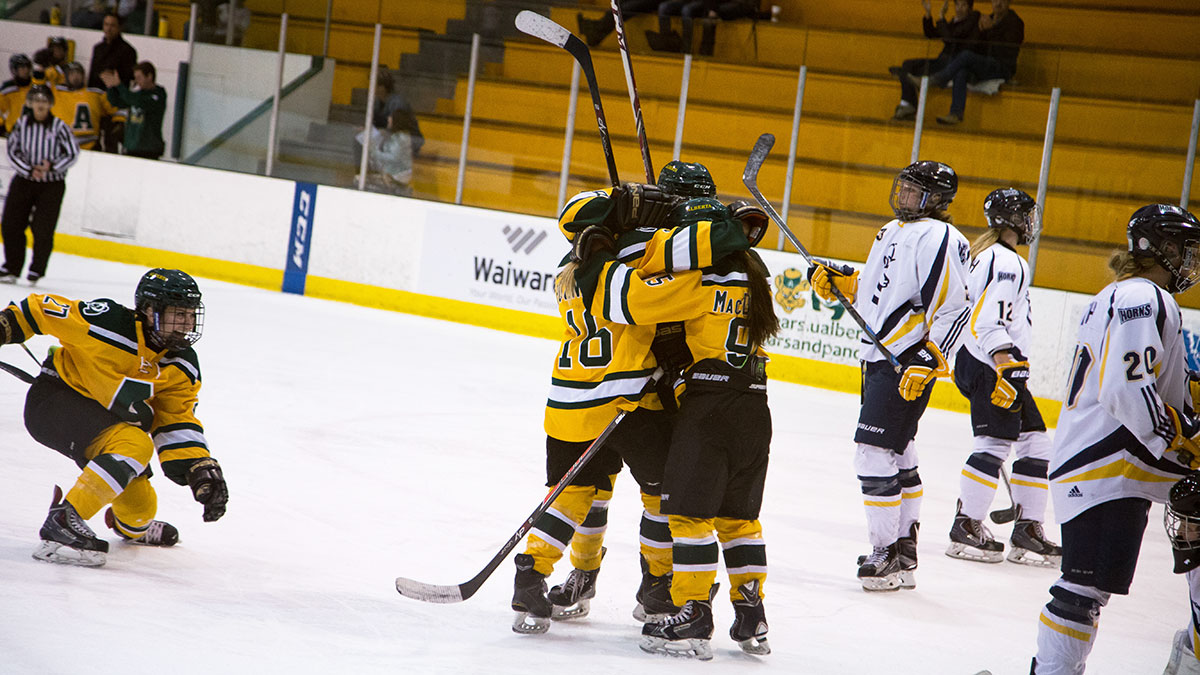
The reason lies with society being patriarchal and capitalist, Davidson said. Advertising dollars are what keep pro sport alive, so they need consumers, but the predominant consumers of hockey are white, straight men, she said. In male dominated sports, the female rendition usually markets to the same target demographic.
Pro sports are driven by the sports-industrial complex, which has three components: the league, the massive media contract and the consumers. The NWHL has a league, and still needs a major television contract. But it also needs a consumer base. The question for the NWHL is whether it will attract that consumer base that will pay for commodities that advertisers want to sell, she said.
“For any professional hockey league to flourish, it’s imperative that they get a major television contract,” Davidson said.
In the NWHL, different marketing of the sexes might be seen in promotional material. Players will likely be described as “dutiful mothers” and “good girls,” with their athleticism made secondary to their role in the family structure, Davidson said.
Though there are more opportunities for male athletes in pro sport, it’s still a rare and privileged position, Davidson said. The path to professionalism is difficult for both men and women.
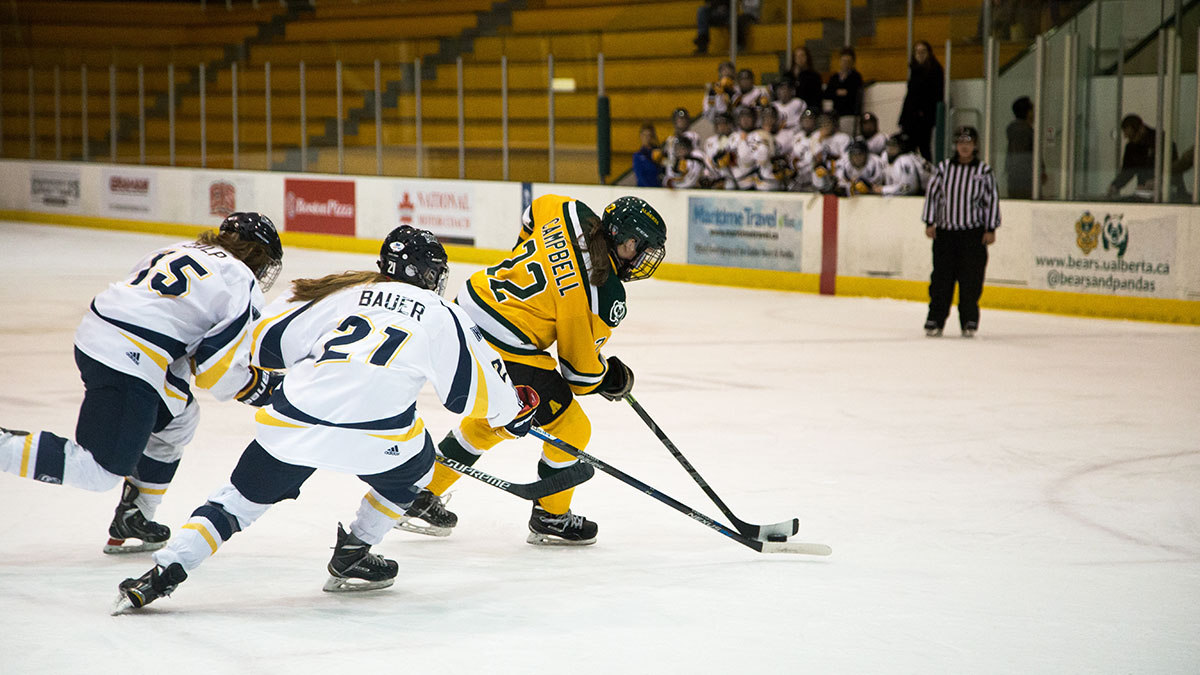
“(A woman’s league) will always be a derisive, secondary form of the sport because those who ‘play’ masculine sports must always be under the sign of erasure,” Davidson said.
Women will play, but they will play according to rules that will allow them to appear as feminine. Those who don’t appear as feminine are not considered “women” in the traditional sense, Davidson said. It would be unattractive to the target consumer if the women in pro sport leagues were to be as physically aggressive, or “masculine” as in men’s leagues.
The larger forces at play when it comes to pro sport all have to do with marketing. The NHL is able to sell itself because of its intrinsic hyper-masculinity, Davidson said. Players hit, fight, and can expect injury that may alter their facial features. With this as the established version of hockey most people know, women’s hockey is going to be a hard sell, she said.
The NHL itself has a large number of players who are allowed to play despite having sexual assault charges. The NHL’s dismissive attitudes towards violence against women shows a deep misogyny, Davidson said. Allowing for these behaviors in hockey while trying to also sell a women’s game will be an interesting shift, she said.
Looking at the history of women’s hockey in Canada, a very marginal, pro women’s hockey league can emerge, Davidson said. A lot of this is due to the changing face of the sport — Canada has a very successful national team with an established winning record. And, importantly, an established fanbase. Pro sports need massive fan bases that are willing to spend money and spectate, she said.

